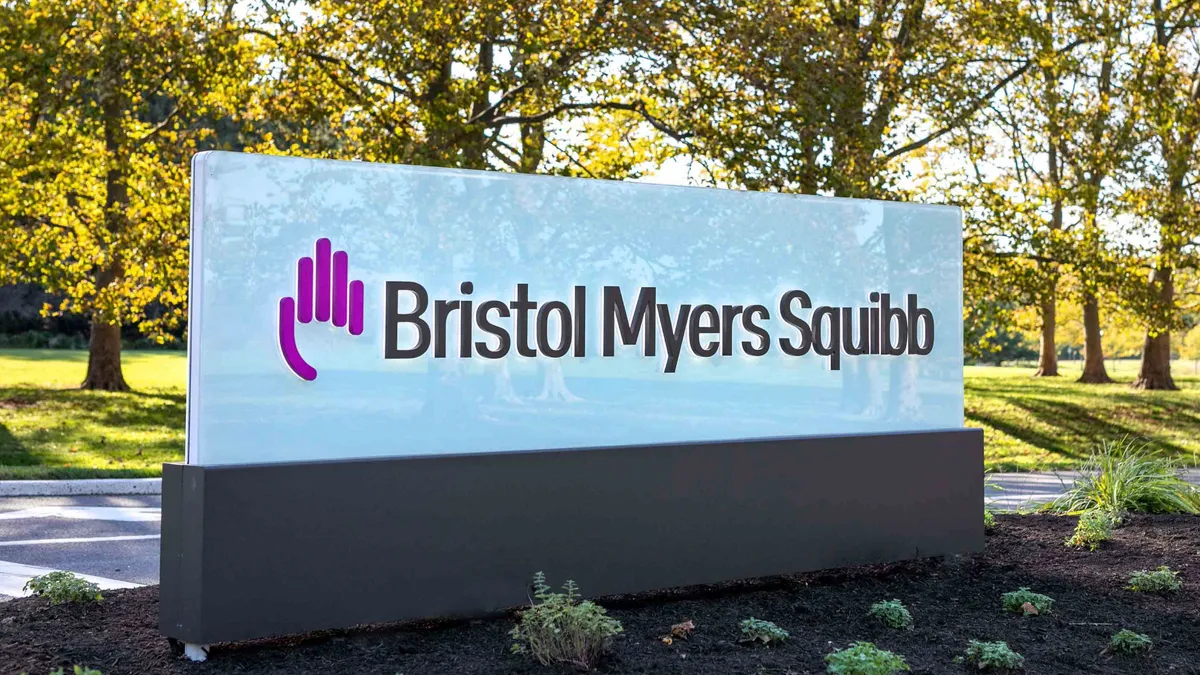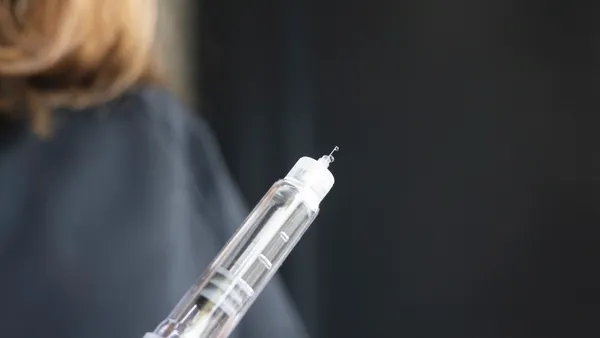When Janssen approached Ren Fernandez-Kim to join its “Depression looks like me” campaign last year, the social media content creator saw it not only as an “opportunity to bring awareness” to issues of mental health, but also as a chance “to empower others to seek a safe space.”
A member of the Asian, Latin, and LGBTQ+ community who grew up in “the depths of South Baton Rouge, Louisiana,” Fernandez-Kim uses their social media platform to decrease the stigma around talking about mental health and seeking help for people with similar experiences.
“Whether it's through (Instagram) stories or through reels, my message is continuously going to be obviously education whenever I can but also … being very transparent with my own journey with depression as well,” Fernandez-Kim said.
They’re one of countless “patient influencers” who use social media to share information about their condition to an engaged online community facing similar challenges and who are increasingly partnering with pharmaceutical companies to spread their message. Pharma giants from Janssen to Pfizer, GSK and Novartis are leveraging these internet advocates for marketing campaigns often aimed at educating, inspiring and empowering patients to share their own personal stories.

But while these influencers, who at times may give medication advice to their followers, play a positive role in patient education, a recent report published by the University of Colorado Boulder also found that more regulations are likely needed to ensure trust and transparency in the information.
“This is a booming industry that's not going anywhere,” Erin Willis, the author of the report and an associate professor of advertising, public relations and media design, said of the proliferation of patient influencers. “It's only going to increase and so more guidance would be great.”
The regulatory landscape
The study, which is part of a larger project digging into the ethical debates around patient influencers, investigated how information about prescription medications was disseminated on social platforms. In hourlong Zoom interviews with patient influencers who partnered with Health Union, the report found similarities between the influencers’ techniques and those of other direct-to-consumer advertising.
Unlike other DTC advertising, however, the study revealed that interactions between patient influencers and their followers often go completely unseen on social media. One startling statistic from the study showed that 23% of those interviewed had in-depth conversations about prescription medications through private direct messages with followers.
And with few regulations or industry guidelines governing these types of interactions, they are quickly becoming the wild west of pharma advertising.
For instance, the FDA’s social media guidance, which hasn’t been updated since 2014, requires that all social media posts sponsored by a pharmaceutical company fairly balance risk and benefit information, but doesn’t provide clarity on private forms of social media communication.
A spokesperson for the FDA said in an email that such responsibilities don’t currently fall on the agency, and noted that “unless a physician is promoting a drug on behalf of a drug manufacturer, packer or distributor, FDA does not generally have oversight over such activities.”
And while the FTC’s 2019 guidance tackles the issue in a little more detail, noting that influencers cannot post about experiences or drugs that they haven’t tried themselves, it doesn’t discuss how regulators would go about uncovering such fabrications.
Developing guardrails
To shine a light on these interactions, the UC Boulder study recommended that regulators “scrutinize transparency and disclosure practices concerning digital platforms and unique functionalities such as long-form video, disappearing content and direct messaging,” moving forward.

More specifically, Amrita Bhowmick, chief community officer at Health Union, told PharmaVoice that an equivalent of the Sunshine Act, a law requiring financial disclosures of payments between drugmakers and healthcare providers, for patients may be needed.
“How can you confirm that somebody is appropriately using hashtags? We are accurately tracking that content (at Health Union) … but is everybody on the internet doing that?” Bhowmick asked. “We don't really know and so that's an opportunity to increase transparency.”
As for other regulatory updates, both she and Willis said that changes should be made with extreme care and with patients in mind, noting that “peer-to-peer education is important in health care” and is “something that you don’t just want to point-blank shut down.”
“It is a good thing that pharmaceutical companies are leveraging patients,” Willis said. “It's a win-win-win because pharma companies are looking to reach underserved patients, the patient leaders are looking to bring value to their members and the members are genuinely looking to learn about options they may not have otherwise known about.”
Patient leaders like Fernandez-Kim, for instance, can bridge a gap and provide culturally relevant information to small groups of patients that are harder for pharma companies to reach otherwise.
Instead of broad regulations, Bhowmick and Willis argued that industry-level guidelines and patient influencer training programs may be sufficient in some circumstances to maintain transparency and patient trust.
“We can't wait for the FDA to catch up to technology or to keep up with technology,” Willis said. “It's huge that marketing agencies, pharmaceutical companies, patients, all the stakeholders come together and identify holes in the guidelines.”










